Since March 2020, the Sweden women’s national team have gone undefeated, keeping very strong form in several competitions, including the Algarve Cup and Women’s World Cup Qualification, smashing opponents such as Portugal by 3-0 and even managing to put 15 past Georgia recently. They have certainly been one of the best in Europe of late and as a result, have eyes on the trophy with a mature squad. However, a big disappointment came in the Olympics final as they lost to Canada in the penalty shootout. That’s why the players should have extra motivation to win the UEFA Women’s EURO 2022 this summer.
In Group B, Sweden would face one of their biggest contenders — the Netherlands, alongside Switzerland and Portugal, as we would explain their tactics in this scout report.
Predicted Starting XI
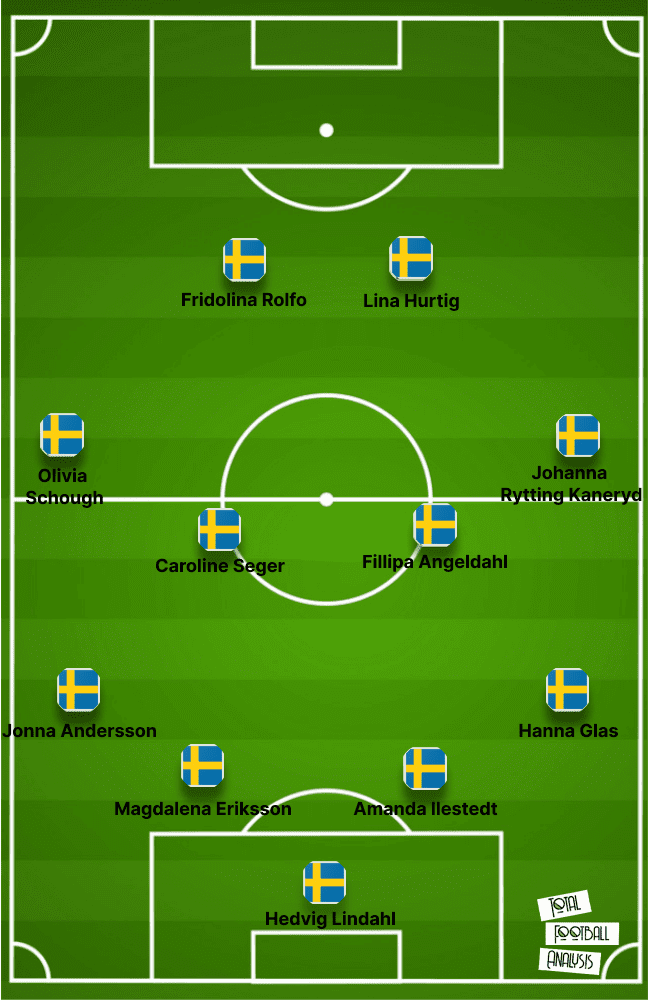
The coach of Sweden, Peter Gerhardsson, built experiences at Hammarby and Vasalunds as a player, while he also managed BK Häcken in Allsvenskan for many years. Therefore, he is a very typical Swedish coach who likes his team to play in a 4-4-2 formation in general, sometimes changing to a 4-2-3-1 but with the same ways of playing.
In Sweden’s lineup, some key players, such as Magdalena Eriksson of Chelsea, Filippa Angeldahl of Man City, or the partnership between Barcelona striker Fridolina Rolfö and Juventus’ Lina Hurtig, were quite undroppable. While Gerhardsson still had plenty of options on the flanks, he could choose his wingers between Olivia Schough, Johanna Rytting-Kaneryd, or even Sofia Jakobsson and Rebecka Blomqvist, depending on the situation.
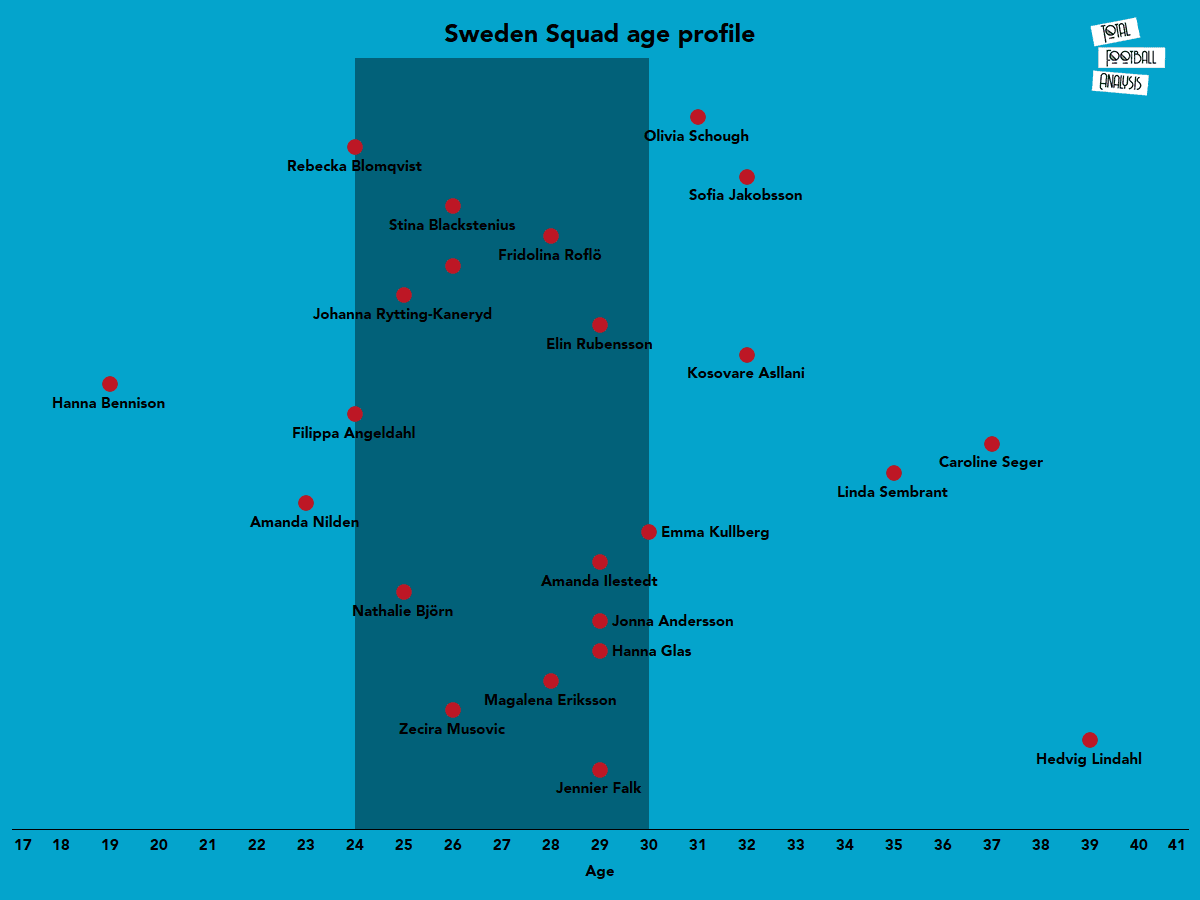
As easily noticed in the trend of Sweden’s squad age profile, they have a very mature squad with most of the key players in the peak of their careers, including the centre-back partnership of Eriksson and Amanda Ilestedt.
Sweden also possess a lot of experienced players, such as captain Caroline Seger, indicating they aren’t lacking leaders in the locker room. Meanwhile, the goalkeeper could also lead the backline as Hedvig Lindahl has 187 caps for her country and will surely be a calming presence to give confidence to the players around her.
Attacking phase
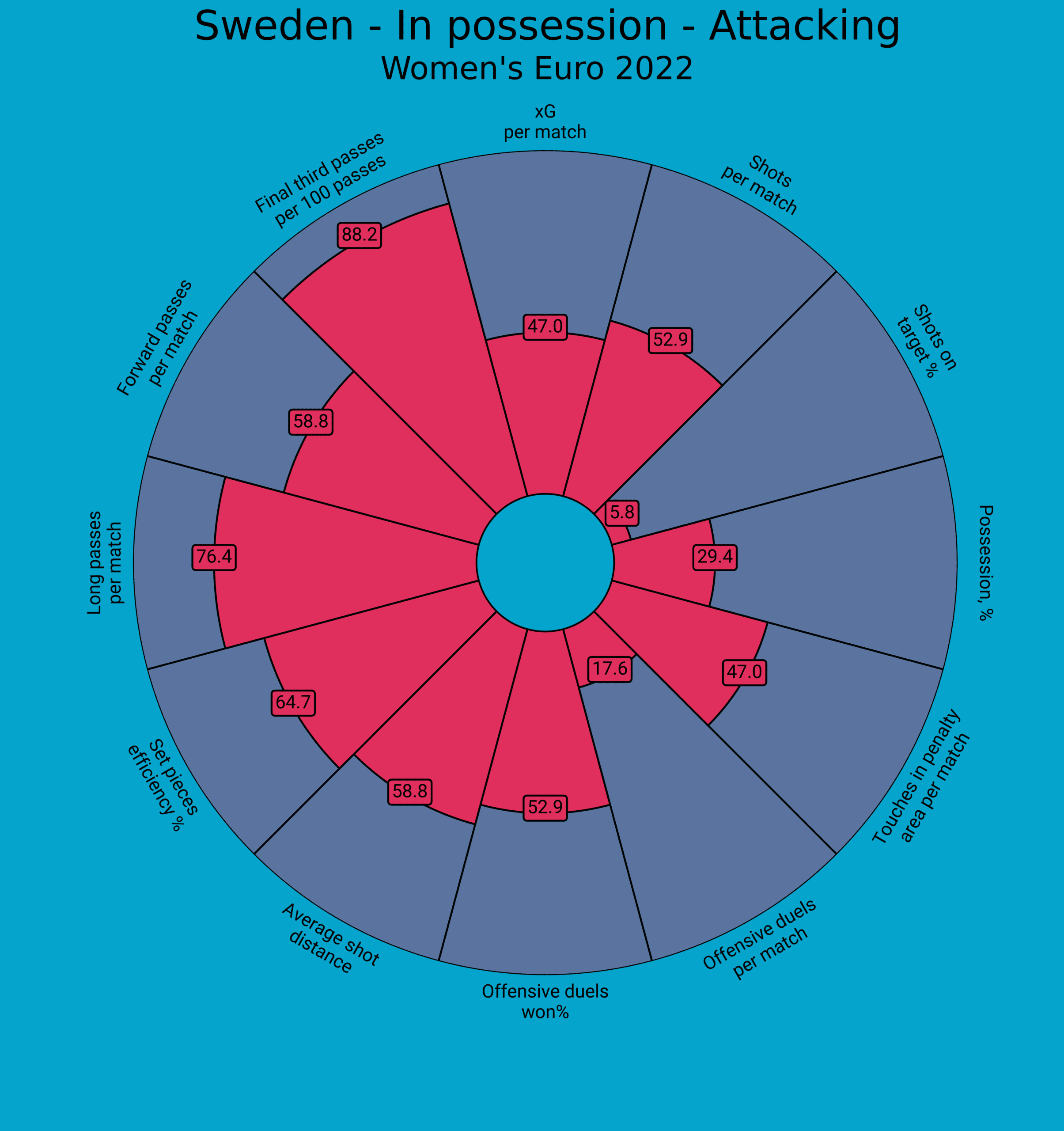
We get a good picture of Sweden’s playing style from this chart. Clearly, they try to play on the front foot and frequently enter the final third, as their percentile ranks 88.2 at final third passes. Also, they are very direct and try to hit the opponent as soon as possible with a high long pass percentile of 76.4. We could also see their possession percentile, 29.4, is low, but they maintain a decent if not uninspiring xG and shots per match at 47.0 and 52.9, suggesting they can create some chances. One part to be noticed is their set-plays, as their percentile ranks 64.7, suggesting Sweden are quite comfortable in attacking corners and free-kicks to create chances as well.
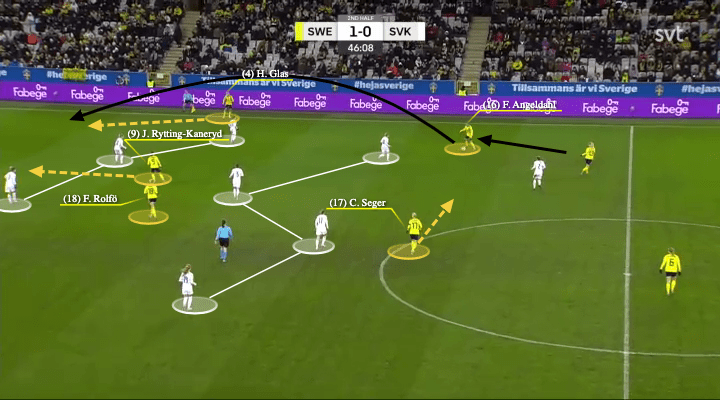
With the ball, as the stats suggested, Sweden like to play on the front foot, pushing the players high. Their opponents are usually quite aware of the individual quality of Swedish attackers, and so they would happy to drop off the last line to reduce the defending space. For Sweden, they construct the attack mainly with four deep players — two centre-backs and two 6s, here would be Filippa Angeldahl, Caroline Seger, Amanda Ilestedt, and Magdalena Eriksson dictating from deep.
The full-backs usually stay high and wide to provide the width, so the wingers could sneak infield to operate in spaces, staying tighter for quick combinations. For example, here, the striker, Fridolina Rolfö positioned herself between lines. Also, when the full-backs were up, the wide spaces were vacated for the 6s to play outside of the opponent, where they found more spaces to lift a forward ball without too much engagement from the opponents.
When it comes to the direction and the passing sequences, we know that Sweden are not looking to circulate the ball much, rather, they like to go behind very quickly with intensity to push the opponents. For example, here, Angeldahl directly sends the ball forward with two runners (Hanna Glas and Johanna Rytting-Kaneryd) chasing, if they made it, Sweden would be in the last third to look for shooting opportunities.
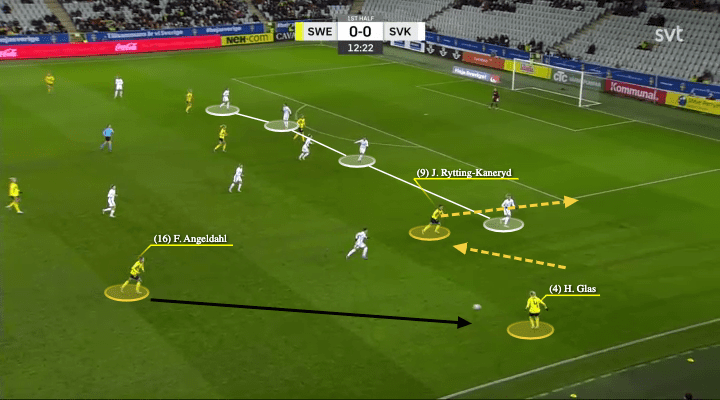
On the flank, especially the right side, Sweden have some rotations to open up spaces, mostly involving the 6, the right-back, and the winger. Here we see the same shape being used by Sweden as Angeldahl played the ball from deep, and the right-back stayed in a high position which past the opposition winger already, resulting in a 2v1 overload on the Slovakia left-back.
As the right-winger saw Angeldahl’s forward pass, she quickly snuck in and went behind to give Glas an option behind; then, Sweden could use combination plays or direct crosses to create chances in the last third.
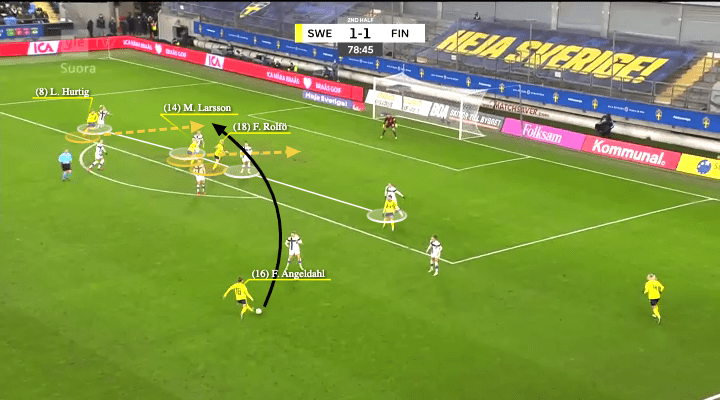
In the last third, Sweden give the opponents so much pressure because they are very committed when it comes to finishing. You can always see that many yellow shirts are rushing into the penalty box from different angles, and relatively early, at that. So, it would be a headache for the opponents when they faced the runners.
Sweden always have the front four going inside the box to knock on the doors, so they could cross and see who would be there to meet the delivery with the comfort of knowing they should have plenty of potential options on the end of the ball. This goal against Finland shows their presence in the penalty box being rewarded, as Angerdahl’s delivery found Lina Hurtig, who dashed into the box with space to attack the ball given Rolfö’s and Mimmi Larsson’s runs brought away the defenders.
Defensive phase
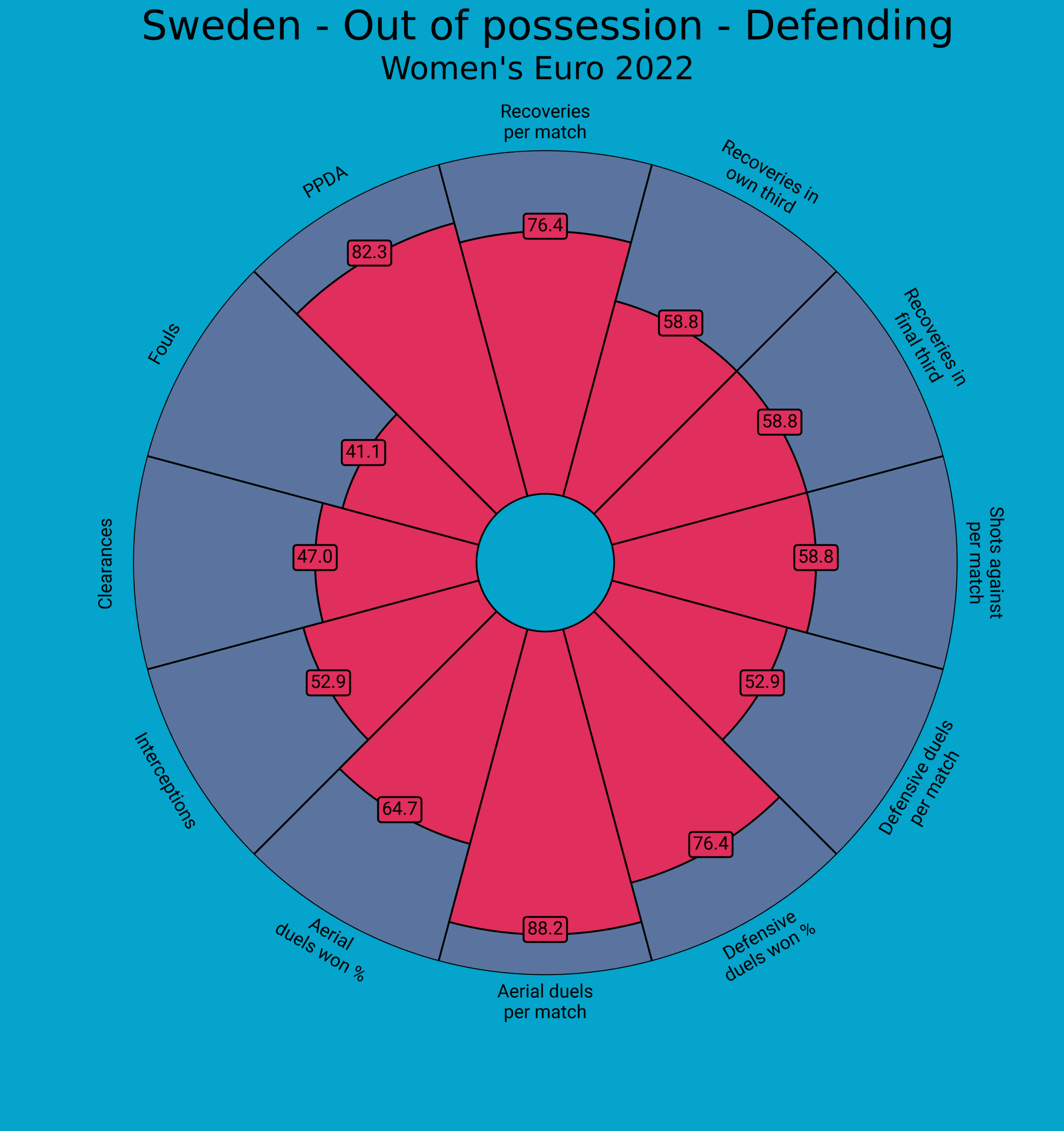
Sweden are a physical side without the ball, with promising numbers in several aspects of the game. They are a very physical side with dominance in the air as their aerial duels per match percentile sits at 88.2, and the aerial duels won % at 64.7 — also very high. They were also quite effective at stopping the ball progression of the opponent, as the defensive duels per match percentile at 52.9 is above average, while the defensive duels won% by percentile, 76.4, suggesting they perform well in this aspect. In general, Sweden have a good ability to win the ball back in both high areas and around their third, as their recoveries in the final third and recoveries in their own third percentile are at the same percentile ranking — 58.8, their capability of interception is similar as well at the percentile ranking 52.9. However, we should note that their percentile ranking in PPDA — 82.3 suggests they might not be a very aggressive side in the pressing without the ball — read more on that below.
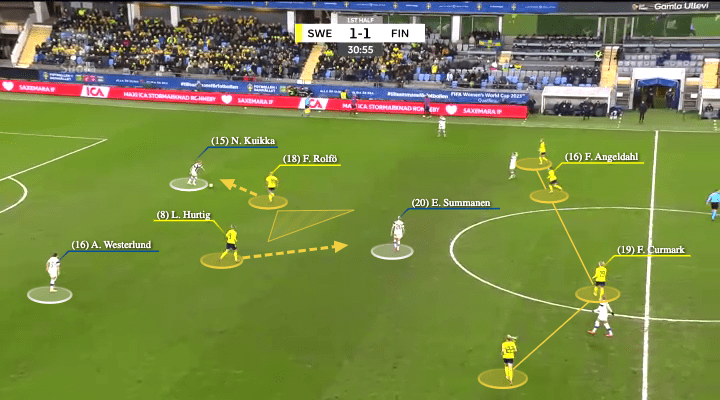
Without possession, Sweden press aggressively as opposed to waiting for the opponents to come into their half, so the ball doesn’t get too close to their goal in this phase. They usually do it in a 4-4-2 formation with the “pressing & cover” work of strikers. That means the first line is responsible for controlling the centre-backs and the 6 with the body angle of their press. For example, when Fridolina Rolfö pressed the left centre-back on this occasion, her partner, Lina Hurtig was responsible to cover the 6 so the opponent could not play through the centre.
That defensive work of strikers is important as their formation only has two 6s, naturally, but when the opponents play in shapes such as 4-2-3-1, 4-1-2-3, or 3-1-3-3, Sweden would be in deficit by numbers centrally. For example, Finland had two players pinning the Sweden 6 to keep them down, so it must be Hurtig’s responsibility to track back and stop the progressive plays in the centre in advance. It was okay if Finland chose a lateral pass to the free centre-backs because if the opponent had only two in the first line in this phase, the “pressing & cover” work could sustain depending on the ball movement.
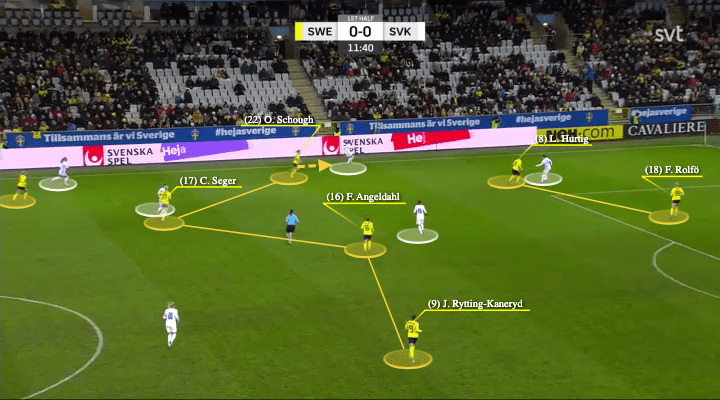
When Sweden pressed, they also emphasized the compactness of the shape because the 4-4-2 was too symmetrical naturally, unlike the 4-2-3-1, 4-1-4-1, or 4-1-2-3, there were only three layers so sometimes they had to be clever to have more coverage between the lines.
Hence, sometimes the Sweden shape was converted to a 4-1-3-2 with a midfielder sitting deeper (Caroline Seger here) to cover the second line, and so the far side 6 and winger should come in narrowly to keep the team and the opponent on one side. Here, Johanna Rytting-Kaneryd’s position allowed her to catch the player in space or press the outside defender if the pass came in this direction. Meanwhile, in the front, Hurtig and Rolfö were responsible for cutting off the circulative passing lanes of opponents. Also, the full-back would have come up to close the wide spaces, so Sweden kept the opponents in this region with even one more man (6v5) to try winning the ball back.
Transitions
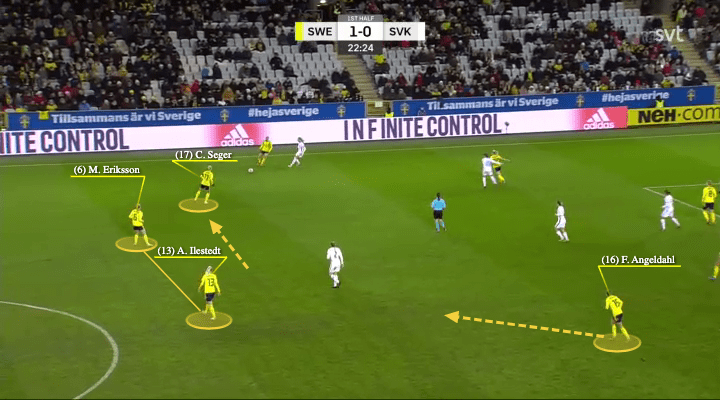
In transitions, we have to look at the rest defence of Sweden as they are expected to attack the opponents in the attacking half on most occasions. Hence, this structure matters as it should be able to kill the TAD.
Sweden’s rest defence structure was derived from the construction phase — where four deep players were present. It was usually a 2-2, but the 6 on the ball side was given more freedom to push higher, or drift wider to maintain closer support with the full-back and winger on her side. For example, Caroline Seger, in this example, could help the outside players and leave her position. However, when that happens, the other 6 must be able to shift over, and position herself centrally, in front of the centre-backs, so the group stayed together for counter-pressing as Filippa Angeldahl was moving inside in this image.
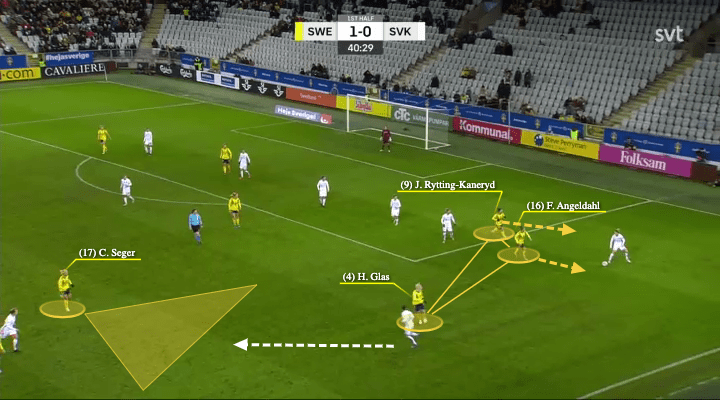
The next image in this section is more about how Sweden executed the counter-pressing in higher areas. Recalling the rotations and attacking group on the flank, with this attacking scheme, Sweden players were close to each other and they could try to win the ball back together when there were turnovers. Here, we see Johanna Rytting-Kaneryd and Angeldahl were attacking the ball together, while they had Hanna Glas covering.
Another part of the 2-2 rest defence structure was that the ball-side 6 (Angeldahl) would often come out to counter-press, while the other 6 (Seger) must position herself in the centre so she could cover the counter-press as we suggested in this image. If Sweden won the ball back, it would be another chance for them to push in the last third.
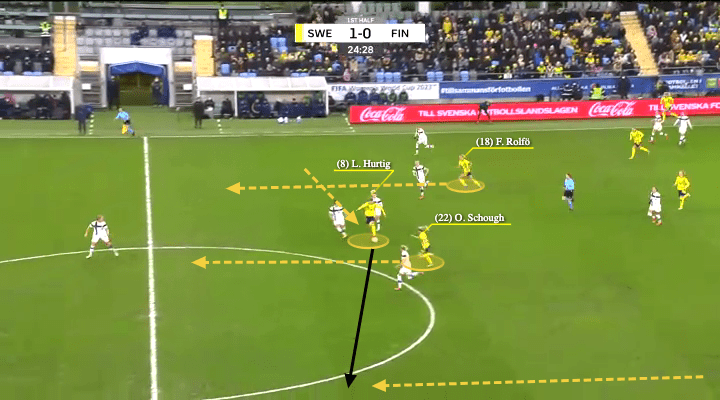
Sweden are also quite good in TDA because they possess strong individual quality to take the opposition on in 1v1 situations. Tactically, the front players share a great mindset and pace to run forward relentlessly, as we catch a glimpse of in this image.
As Lina Hurtig came to take the ball, the other attackers — Fridolina Rolfö and Olivia Schough were all running into space, so they pushed the defenders away to open spaces for Hurtig to connect the wide players from deep. You could imagine that when the ball reached the player on the left side, Sweden could generate an immediate threat given there were three players — Hurtig, Rolfö, and Schough — in front of the ball to support.
Forwards
Fridolina Rolfö is a very versatile player but we would expect her to start as a 9 under Gerhardsson’s Sweden. Despite being deployed as a left-back in some games, she still recorded 0.5 xG/90 and 3.19 shots/90 this season at the club level. She was also a player with good individual quality as her dribbling was strong, 4.71 dribbles/90 with a success rate of 73.5%. Sweden would rely on her 1v1 qualities.
Midfielders
The midfield duo partnership between Filippa Angeldahl and Caroline Seger should be solid enough for the team. At the club level, Angeldahl has good threats to goal with 0.27 xG/90 from 2.21 shots/90, in addition to 2.75 touches in the penalty box/90. She could also create for the team as her xA/90 at 0.12 is quite impressive too, with an average of 12.79 forward passes/90. However, aerially she is not too strong given she only manages 0.4 aerial duels/90, with a 16.7% win rate.
Therefore, her partner, Seger from Rosengård should be able to compensate. She had fewer shots/90 (0.55) but averaged 3.62 aerial duels/90 and a win rate of 56.5%, which is a great help to Angeldahl. Seger is good and so aggressive in defending, and she also has other promising stats, including 12.6 recoveries/90, 6.06 interceptions/90, and 5.35 defensive duels/90 with a win rate at 73.5% in Damallsvenskan this season.
Defenders
As we have suggested in the analysis, Magdalena Eriksson and Amanda Ilestedt would form a rock-solid base in the defence. In terms of defending, Eriksson is very good with 10.61 recoveries/90. She’s also active and effective in the air with 5.66 aerial duels/90 and a win rate of 63.4%. In addition, she could effectively deny the ball progression of opponents as her defensive duels/90, 4.82 might not be high, but the success rate at 64.5% is quite good. Eriksson would also be very important in the attack, as she has a strong mindset of moving the ball forward. She had 58.5 passes/90 but 41.2% of these passes were forward passes.
Best player
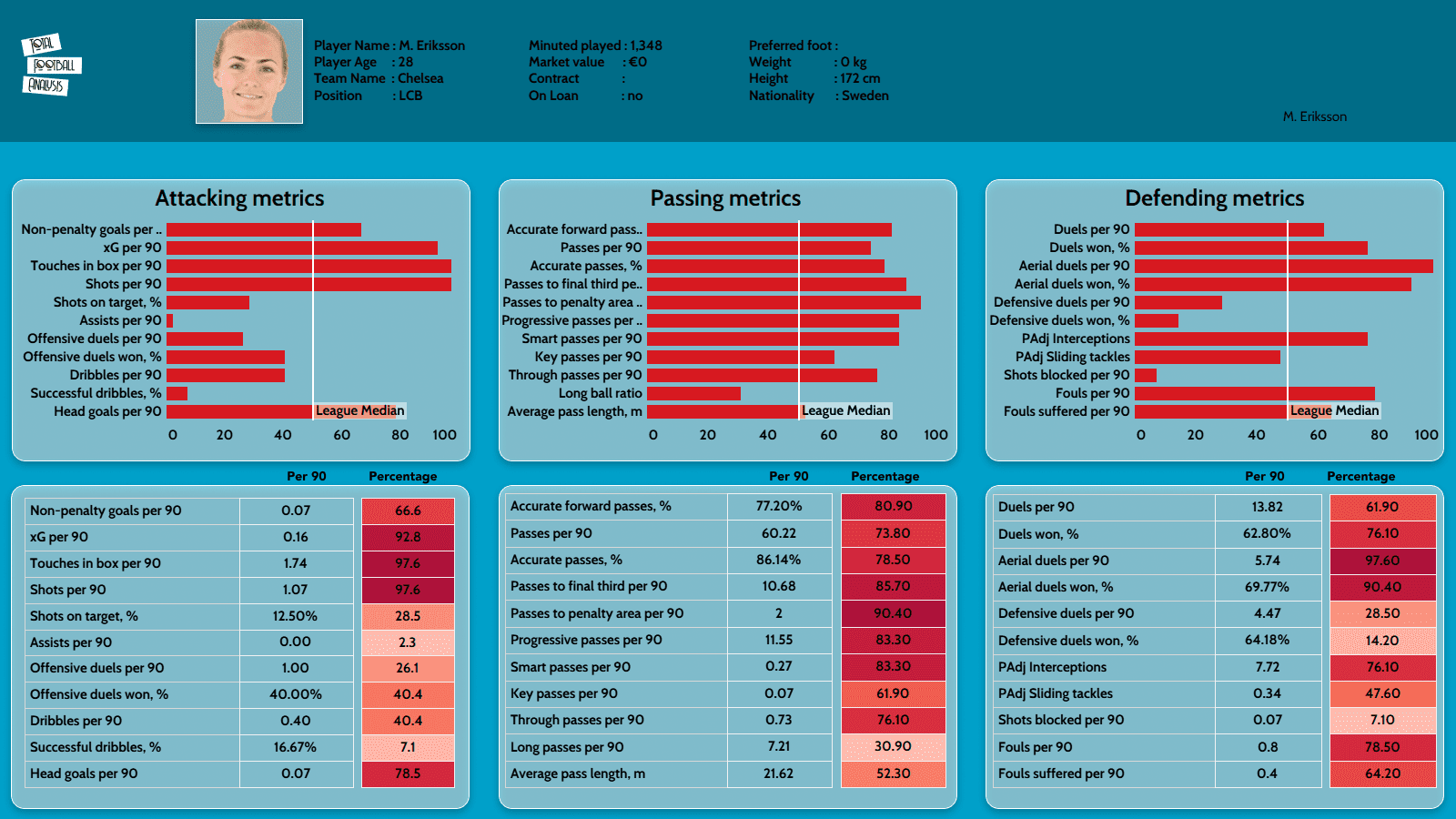
There are many quality players in the Sweden squad, and most of them are playing in big clubs across Europe. However, we chose Magdalena Eriksson as the one to watch because she is so important to the team. With the ball, she is the starter of the attacks who could send the ball forward to teammates, while without the ball, she has to be very solid to help the team achieve stability, so Sweden could take better control of the game. For example, in transitions, sometimes Eriksson might be exposed to 1v1 situations but she must be very calm to handle them, given that Sweden push the line quite high. In addition to the tactical elements, Eriksson, at 28, is also a player entering her peak in her career. With good experiences at Chelsea and continental competitions, she is the vice-captain of the team and her leadership should be able to bond the group together to achieve memorable results in the competition.
Tournament Prediction
At the moment, the Swedish women’s national football team is the second in the world according to the FIFA Ranking system, but they sit at the top of Europe as only the USWNT ranks higher than them. With a good squad, individual quality and plenty of experience as we explained in this tactical analysis, we should expect them to be the favourites for the competition and may even lift the title for the first time since the very first UEFA Women’s Championship back in 1984.

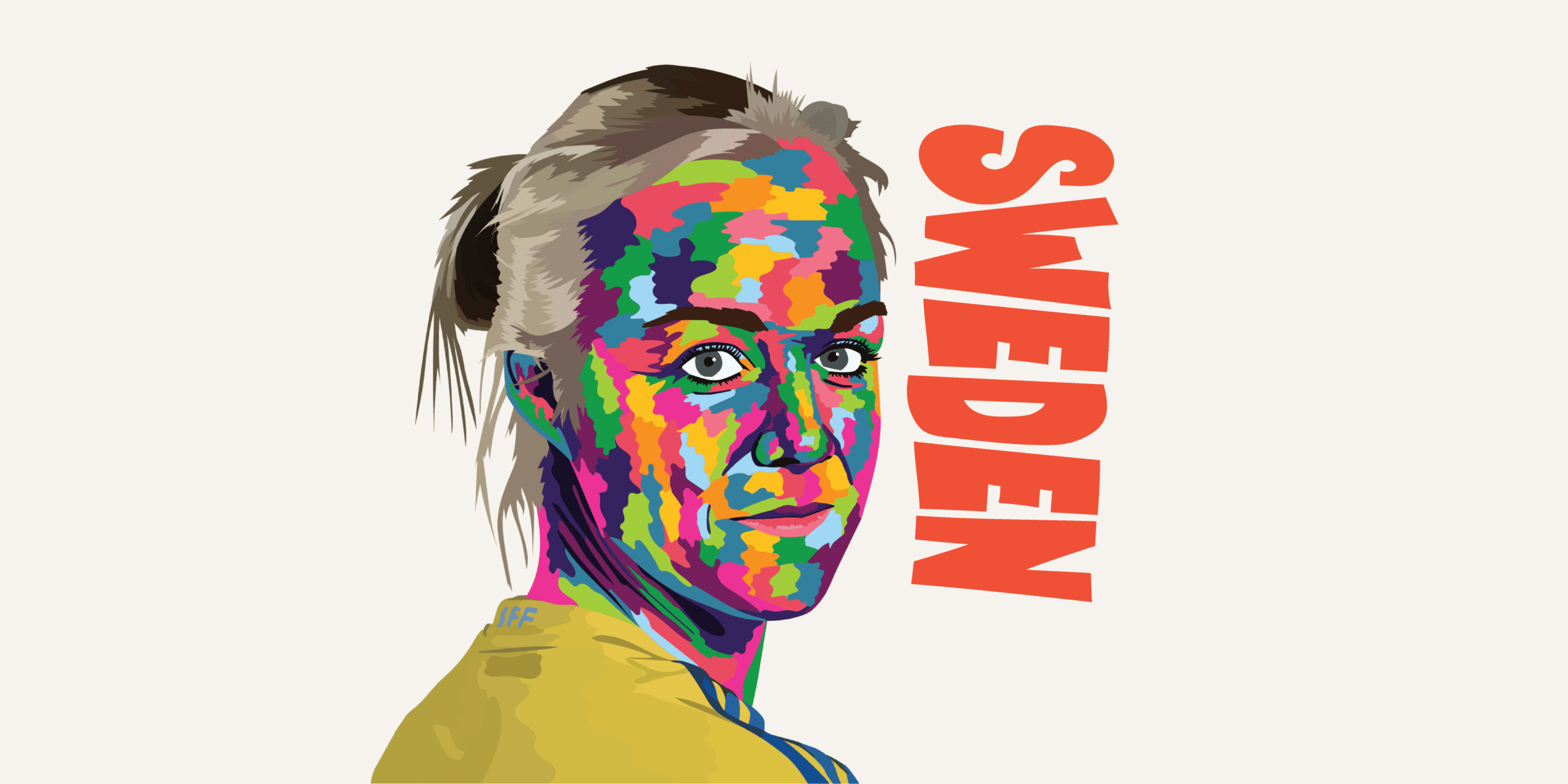
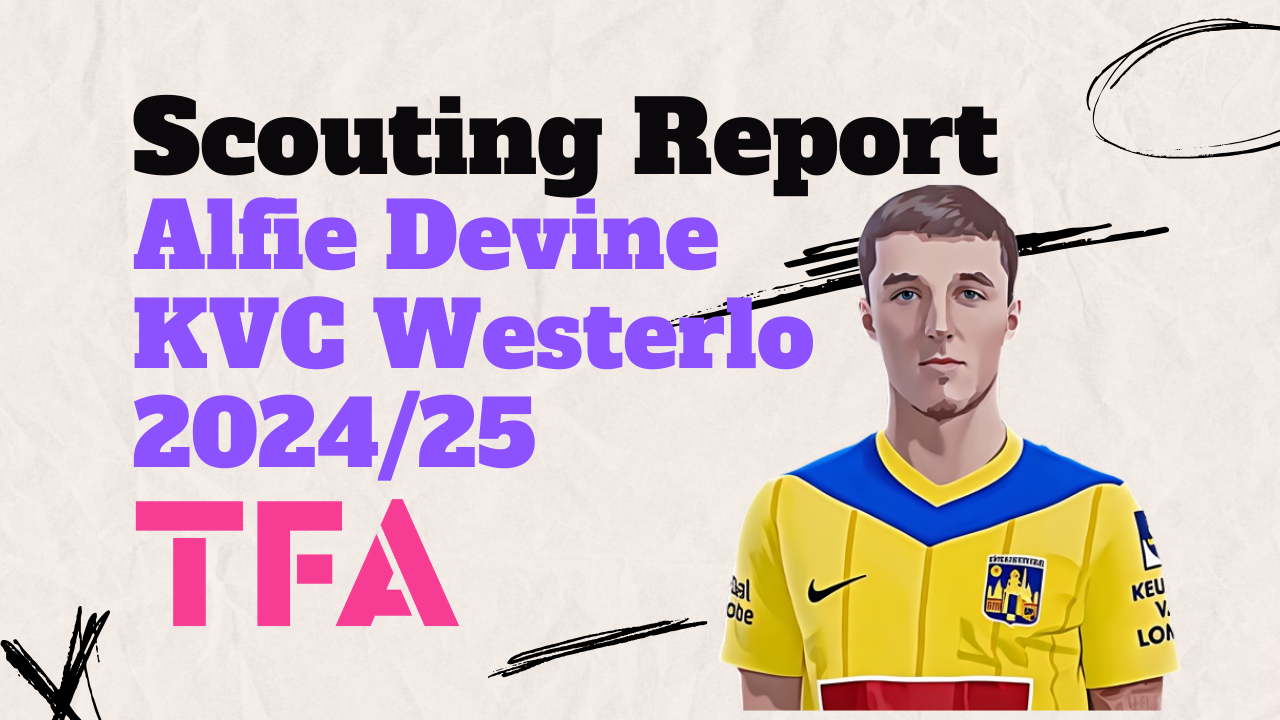
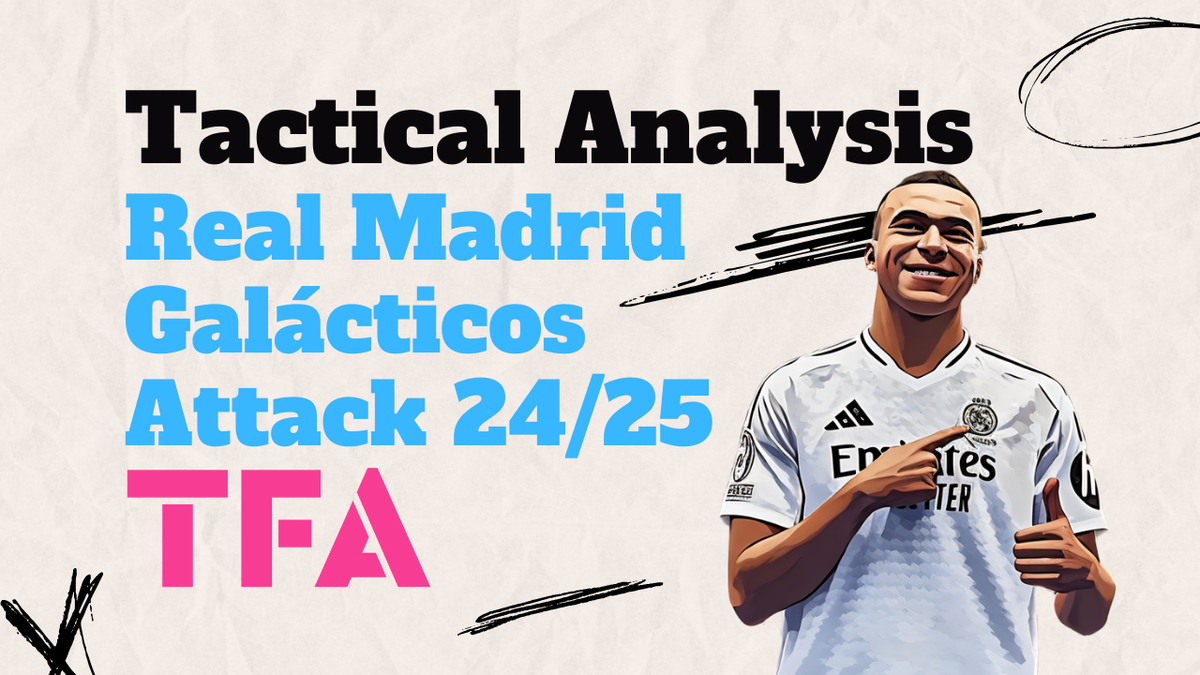
Comments